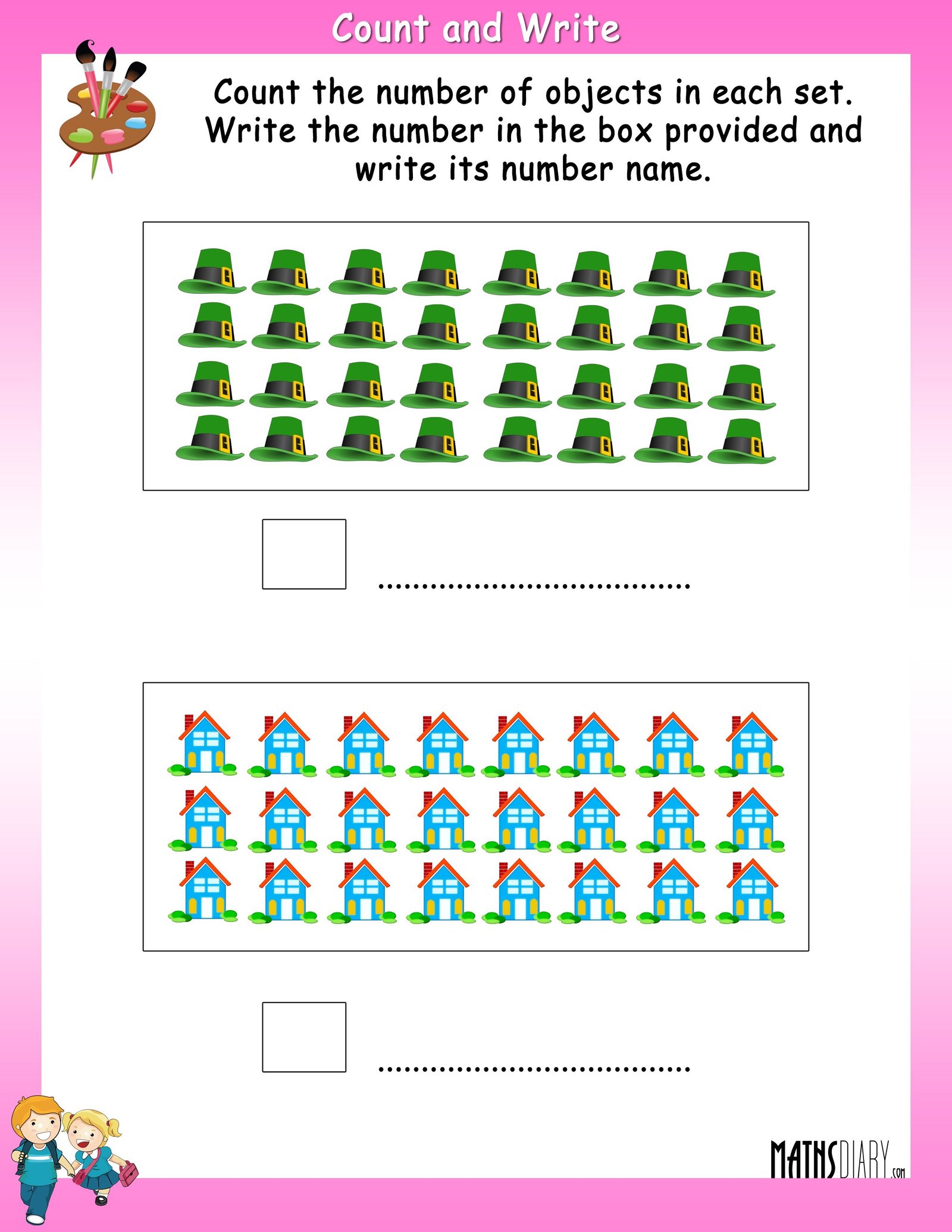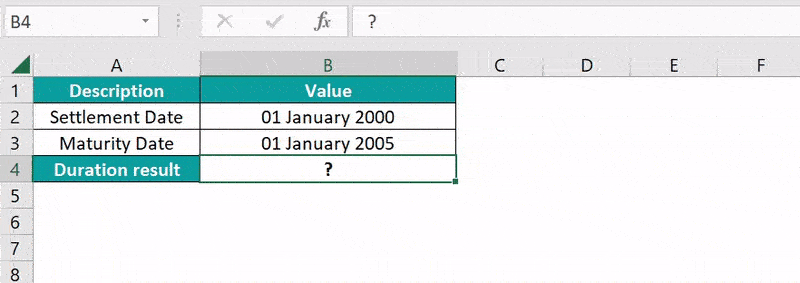Excel Made Easy: 3 Group & Count Tips

Welcome to our comprehensive guide on mastering Excel's powerful grouping and counting techniques. In this article, we will explore three expert tips that will revolutionize the way you work with data in Excel. Whether you're a seasoned professional or a novice Excel user, these techniques will enhance your productivity and help you unlock the full potential of this versatile spreadsheet software.
Excel, a household name in the world of data management and analysis, offers an extensive toolkit for handling large datasets efficiently. One of its most valuable features is the ability to group and count data, enabling users to extract meaningful insights and make informed decisions. In this article, we will delve into some advanced techniques that will take your Excel skills to the next level.
1. Grouping by Custom Categories

Excel’s default grouping options are powerful, but sometimes you need to create custom categories to better analyze your data. This tip will show you how to define your own grouping categories, allowing you to segment data in a way that aligns perfectly with your specific needs.
Let's say you have a dataset containing sales figures for different product categories. However, you want to group these categories into broader segments like "Electronics," "Clothing," and "Household Goods." By creating custom groups, you can quickly analyze the performance of these segments and make strategic decisions.
To achieve this, you can utilize Excel's PivotTables, a versatile tool for data summarization and analysis. Here's a step-by-step guide:
- Select the dataset you want to analyze.
- Insert a PivotTable by navigating to the "Insert" tab and choosing "PivotTable". Ensure you select the "New Worksheet" option to create the PivotTable on a separate sheet.
- In the "PivotTable Fields" pane, drag and drop the "Category" field into the "Rows" area. This will display the unique categories in your dataset.
- Now, create your custom groups. Right-click on one of the category names in the PivotTable and select "Group...". Define the starting and ending categories for each group and provide a name for the group.
- Repeat this process for all the categories you want to group together.
- Once your custom groups are defined, you can further analyze your data by adding additional fields to the PivotTable, such as "Sales" or "Quantity", to calculate totals, averages, or other metrics.
With this technique, you can easily compare the performance of different custom groups and make data-driven decisions. Excel's PivotTables and grouping capabilities offer a flexible and powerful approach to data analysis.
Example: Grouping Product Categories
Imagine you have a dataset with various product categories, and you want to group them into broader segments like “Electronics,” “Clothing,” and “Home Goods.” Here’s how you can achieve this using Excel’s grouping feature:
| Product Category | Sales ($) |
|---|---|
| Laptops | 1500 |
| Smartphones | 1200 |
| T-shirts | 800 |
| Jeans | 600 |
| TVs | 1800 |
| Refrigerators | 2200 |

By creating custom groups for "Electronics" (Laptops, Smartphones, TVs), "Clothing" (T-shirts, Jeans), and "Home Goods" (Refrigerators), you can analyze the sales performance of each segment. This approach allows you to make strategic decisions based on the grouped data.
2. Advanced Counting Techniques with SUMIF and COUNTIF

Excel’s SUMIF and COUNTIF functions are powerful tools for performing conditional calculations on your data. These functions allow you to count or sum values based on specific criteria, making them invaluable for data analysis and reporting.
Let's explore how these functions can be used to extract meaningful insights from your datasets. Imagine you have a sales dataset with columns for "Product", "Quantity", and "Price". You want to calculate the total sales for a specific product category, such as "Electronics."
Using SUMIF for Total Sales Calculation
The SUMIF function allows you to sum values based on a specified condition. Here’s how you can use it to calculate the total sales for the “Electronics” category:
=SUMIF(Product, "Electronics", Price)
This formula sums the "Price" values where the "Product" category is "Electronics."
Using COUNTIF for Quantity Analysis
The COUNTIF function counts the number of cells that meet a specified condition. Suppose you want to know how many products were sold in the “Electronics” category. Here’s how you can use the COUNTIF function:
=COUNTIF(Product, "Electronics")
This formula counts the number of times "Electronics" appears in the "Product" column.
These advanced counting techniques with SUMIF and COUNTIF functions empower you to perform complex data analysis quickly and accurately. Whether you need to calculate totals, analyze quantities, or perform other conditional calculations, these functions are essential tools in your Excel toolkit.
Example: Calculating Total Sales for a Product Category
Consider the following sales dataset with columns for “Product”, “Quantity”, and “Price”:
| Product | Quantity | Price ($) |
|---|---|---|
| Laptops | 3 | 1500 |
| Smartphones | 5 | 1200 |
| T-shirts | 8 | 800 |
| Jeans | 6 | 600 |
| TVs | 2 | 1800 |
| Refrigerators | 1 | 2200 |
Using the SUMIF function, you can calculate the total sales for the "Electronics" category as follows:
=SUMIF(Product, "Electronics", Price)
This formula will sum the "Price" values for all rows where the "Product" is "Electronics."
3. Grouping by Date with Custom Intervals
When working with datasets that contain date information, grouping data by date intervals can be extremely useful for analyzing trends and patterns. Excel provides a built-in grouping feature for dates, but sometimes you need more control over the interval lengths.
Let's explore how to group data by custom date intervals, allowing you to analyze your data in a way that aligns with your specific needs. Imagine you have a sales dataset with a column for "Date" and you want to group the data by weeks, months, or quarters.
Grouping by Weeks
To group your data by weeks, you can utilize Excel’s PivotTables along with the WEEKNUM function. Here’s a step-by-step guide:
- Select the dataset you want to analyze.
- Insert a PivotTable by navigating to the "Insert" tab and choosing "PivotTable". Select the "New Worksheet" option to create the PivotTable on a separate sheet.
- In the "PivotTable Fields" pane, drag and drop the "Date" field into the "Rows" area. This will display the unique dates in your dataset.
- Now, create a calculated field for the week number. Right-click on the "Date" field in the PivotTable and select "Insert Calculated Field". In the formula bar, enter the following formula:
=WEEKNUM([@Date])
- Name this calculated field "Week" and click "OK".
- Drag and drop the newly created "Week" field into the "Rows" area. This will group your data by weeks.
With this technique, you can easily analyze sales trends on a weekly basis and make informed decisions.
Grouping by Months and Quarters
Excel also provides built-in functions for grouping data by months and quarters. Here’s how you can achieve this:
- Grouping by Months: Utilize the MONTH function in a PivotTable to group data by months.
- Grouping by Quarters: Use the QUARTER function in a PivotTable to group data by quarters.
By applying these techniques, you can gain valuable insights into your data based on custom date intervals, enabling you to make strategic decisions with confidence.
Example: Grouping Sales Data by Weeks
Suppose you have a sales dataset with a column for “Date” and you want to group the data by weeks to analyze weekly sales trends. Here’s how you can achieve this using Excel’s grouping feature:
| Date | Sales ($) |
|---|---|
| 2023-01-02 | 1500 |
| 2023-01-09 | 1200 |
| 2023-01-16 | 800 |
| 2023-01-23 | 600 |
| 2023-01-30 | 1800 |
| 2023-02-06 | 2200 |
By creating a calculated field for the week number using the WEEKNUM function and grouping the data by weeks, you can easily analyze weekly sales patterns. This approach allows you to identify trends, plan promotions, and make data-driven decisions.
Conclusion: Excel’s Grouping and Counting Power
Excel’s grouping and counting capabilities are powerful tools that empower users to analyze data in a meaningful way. Whether you’re grouping by custom categories, performing advanced counting techniques, or grouping by date with custom intervals, these techniques enhance your ability to extract insights and make informed decisions.
By mastering these Excel tips, you can streamline your data analysis processes, save time, and unlock the full potential of your datasets. Excel's versatility and robust features make it an indispensable tool for professionals across various industries, from finance and marketing to research and operations.
As you continue your Excel journey, explore more advanced techniques and stay updated with the latest features and updates. Excel's community is vast and supportive, offering a wealth of resources and tutorials to help you become an Excel power user. Embrace the power of Excel, and let these grouping and counting tips guide you towards efficient and effective data analysis.
What are the key benefits of grouping data in Excel?
+Grouping data in Excel offers several advantages. It allows you to analyze and summarize data based on specific criteria, making it easier to identify patterns and trends. Grouping also simplifies complex datasets, enabling you to focus on specific segments and make data-driven decisions.
How can I create custom groups in Excel?
+To create custom groups in Excel, you can utilize PivotTables. By dragging and dropping fields into the PivotTable, you can define your own grouping categories. Additionally, you can create calculated fields to further customize your groupings.
What are the differences between SUMIF and COUNTIF functions in Excel?
+The SUMIF function is used to sum values based on a specified condition, while the COUNTIF function counts the number of cells that meet a certain criterion. Both functions are powerful tools for conditional calculations and are commonly used in data analysis.
How can I group data by custom date intervals in Excel?
+To group data by custom date intervals in Excel, you can utilize PivotTables along with calculated fields. Functions like WEEKNUM, MONTH, and QUARTER can be used to create custom date groupings, allowing you to analyze data based on specific time intervals.



